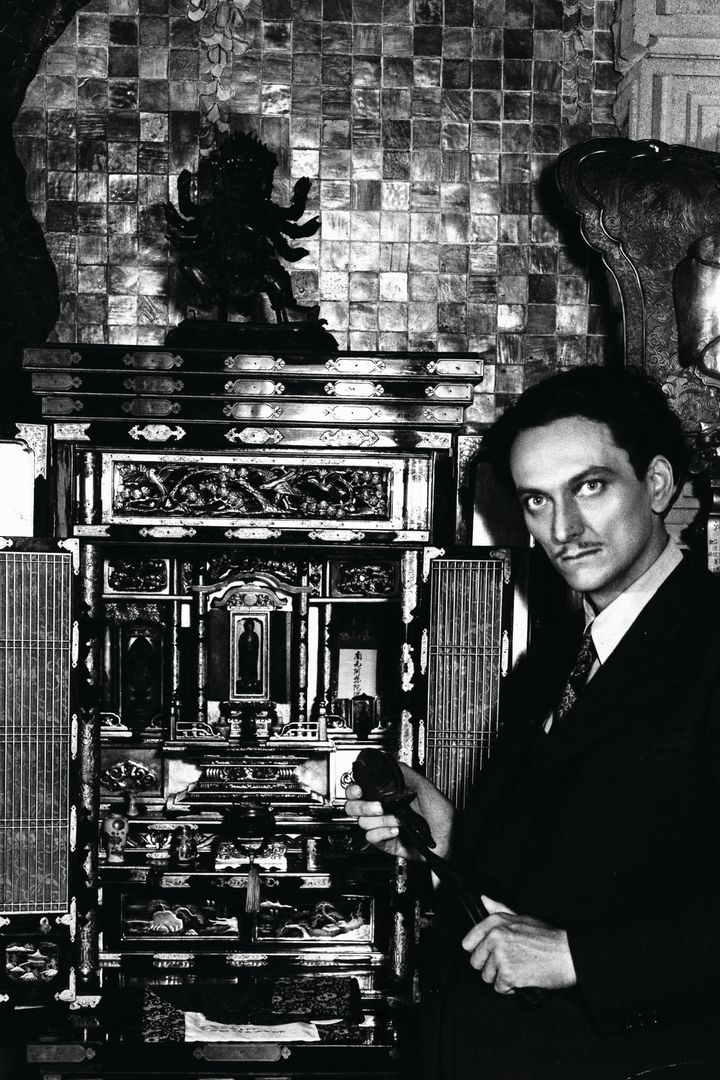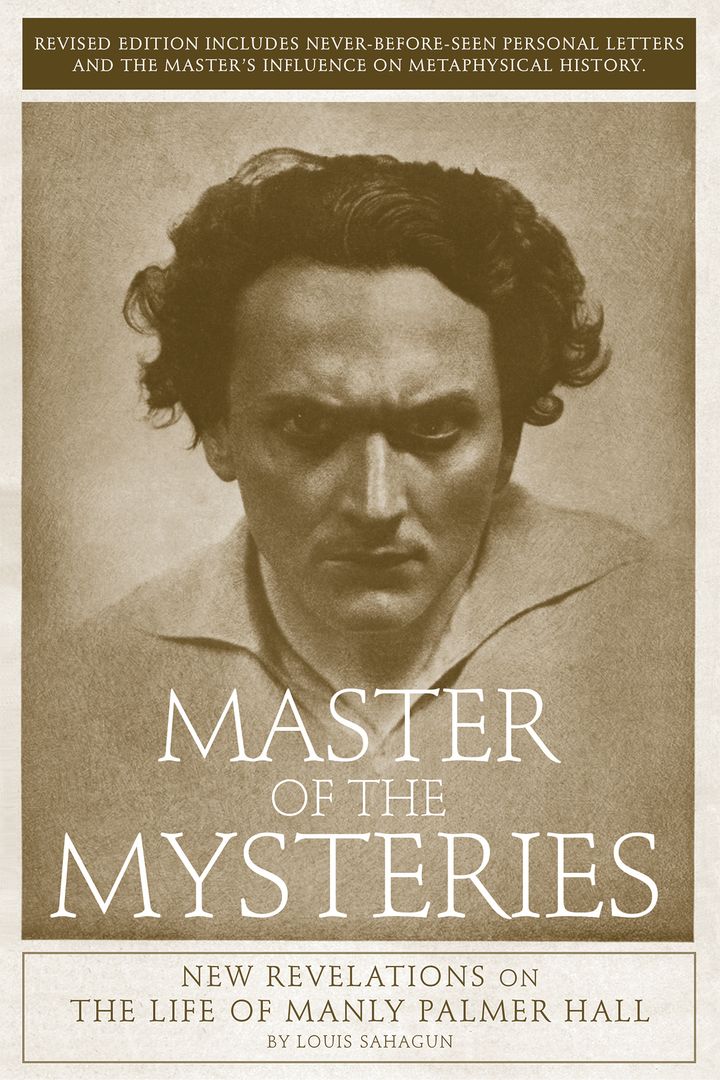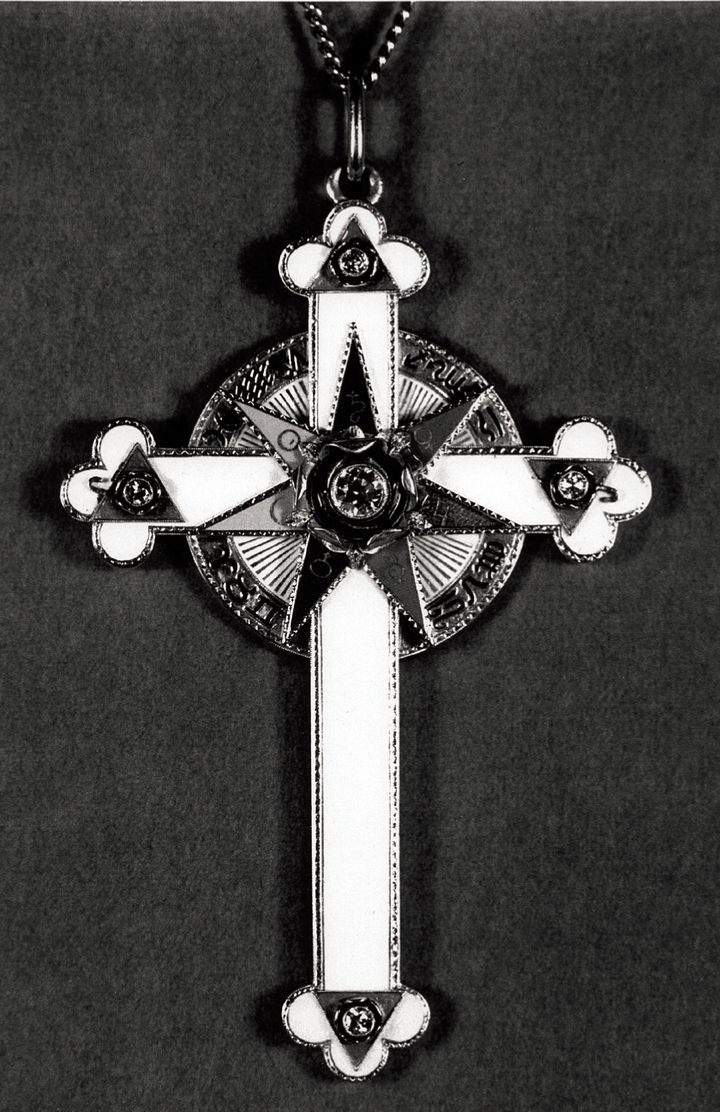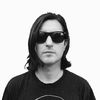
Us human beings can’t get enough of cults. We join them, study them, and ask ourselves all sorts of questions about tribalism and individualism. Throughout history the cult leader is the person who seeks the knowledge of the ancients, and then doles it out at a price. The guru and the charlatan are hard to discern for most of us skeptics.
A few years ago I became really interested in Aleister Crowley and read the epic biography Perdurabo: The Life of Aleister Crowley. Crowley has fascinated generations of those interested in counterculture and alternative lifestyles. I find his writing uninteresting and mostly unintelligible (with the exception of Diary of a Drug Fiend, but I hear 777 is also quite good), but it’s his cult of personality that fascinates me. While many people seem to carry this mysterious air, history shows us it takes an intelligence and charisma to harness this quality into art.Manly Palmer Hall was just such a person. Although I had familiarized myself with many well-known thinkers of ancient teachings, I had never heard of Hall. Louis Sahagun’s intriguing and well-written biography Master of the Mysteries is a thorough introduction to Manly Palmer Hall’s life and ideas. Master was originally released in 2008; this year is seeing an expanded edition released by Process Media. There’s a new chapter regarding Hall’s relationship with Source Family guru and everyone’s favorite hippie cult leader; Father Yod. Included in this edition is the early correspondence between him and his wife Marie Bauer, whose life consuming obsession with the Bruton Vault drove her slowly insane.

Born in Canada in 1901 but mostly raised in Los Angeles, Manly Palmer Hall would say of Los Angeles, “It’s a place of experimentation in which we are combining facts and producing new species… It is primarily fitted to be the greatest cultural center of the world. A city that is sacred in being a nucleus where the finer principles of life can come into expression.” Manly Hall emerged as an academic of the occult when Hollywood needed some new ideas as it expanded throughout the 1930’s. Los Angeles is a company town and in retrospect Hall was in the right place at the right time. It seems that for a period before and during the Second World War it had become somewhat trendy to add occult elements to liven a script. He even wrote a screenplay which got made while on the way to becoming a best selling author. Other than Madame Blavatsky, it’s possible that up until then the job description of ‘public intellectual occultist’ hadn’t yet existed. Hall had become an archetype that opened up doors in the national consciousness that wouldn’t fully become explored in the mainstream until the 1960s, much like Aleister Crowley in the nineteenth century and later Timothy Leary for the TV generation.
Sahagun takes us through Manly Hall’s childhood and we discover that Hall was a prodigy spiritualist. Raised mostly by his grandmother, he became pastor of a church at 20, around when he published his first books, however a single book pushed him into the limelight. The Secret Teaching or Encyclopedic Outline of Masonic, Hermetic, Qabbalistic and Rosicrucian Symbolical Philosophy, which was published “before his 28th birthday”. Hall raised $150,000.00 in 1920’s American dollars to publish it according to his vision. The printing of The Secret Teachings was a collaboration between Hall and book designer John Henry Nash at the time known for his work as a printer for the Vatican. Rather than ancient knowledge rotting in musty old libraries, this book was to be a monument to commemorate centuries of esoteric wisdom. At the heart of Hall’s research and work he was a teacher.
Although I’ve never read any of Hall’s books and am coming into him through this biography, one gets the impression that his writing was inspiring to people at the time. Hall was prolific, turning out pamphlets, self-publishing periodicals, authoring many books, and founding the Philosophical Society. A lifelong Rosicrucian and 33rd degree Mason his spiritual authority was legitimate. It was the Philosophical Research Society (PRS) that was his legacy. It still exists today.

Master of the Mysteries also functions as secondary biography on Hall’s second wife Marie Bauer. A few years after his first wife’s mysterious suicide he met the woman who was to be his second wife and spiritual partner. Bauer’s life’s work was to dig up the Bruton Vault. This was allegedly a buried vault of Sir Francis Bacon’s writings, which would give us insight into world peace and a blueprint for Utopia or according to Hall, “a record of Francis Bacon’s descendants is contained in copper cylinders which preserve priceless historical documents of vast benefit to humankind. This mission would take up her entire life. Master of the Mysteries shows us Marie’s FBI file, which describes highly erratic behavior. She would write rambling letters to FBI director J. Edgar Hoover, send manuscripts, and with great ambition- invite Hoover over for dinner. Her FBI file describes her as a “public nuisance”.
From what I understand the correspondence between Manly Hall and Marie Bauer is an addition to the expanded edition I have open before me. These letters give us insights into the period where they were first married around 1950. While being married to Manly Palmer Hall could not have been an easy task, Marie Bauer is a difficult character to sympathize with. A self admittedly lousy mother of two children from a previous marriage, Bauer comes off as a bit of a harpy and jealous of her husband’s success through accounts. Although the tone of the letters is supportive which leads the reader to believe these are from their blissful honeymoon period. They both truly cared about each other as well as their work on enlightening society through spiritual advancement and that the key was inside ancient civilizations. The letters also reveal sweetness, vulnerability and human insecurity. People’s accounts of Bauer’s acidic jabs are Hall contrast this
Like most charismatic spiritual leaders Hall’s human flaws became glaring contrasts in how one’s personal life can never match the idealized self that comes across in his übermensch worldview. Sahagun delves deep into the relationships Hall had with his disciples. In the introduction the author gives us many examples of spiritual leaders who exhibited excessive behavior. It’s a story we are drawn to again and again. I think the same argument is drawn when we discuss Bill Cosby or any other towering figure in a particular field. Roman Polanski made some of the most important films of his generation that have inspired many filmmakers, as well as raped a thirteen-year-old girl. In comparison Hall’s guru megalomania is benign.
We find instances where Hall could be cruel, petty and in many personal recountings- given over to excessive gluttony. There are certainly worse sins. So why do we care? Sahagun quotes Hall in the introduction as saying, “One cause of disillusionment in metaphysics is for the metaphysical teacher to prove to be more human than originally suspected. The tendency is to so elevate personalities that we endow with sacred powers”. Interestingly, Hall wrote this in 1942 right as he was peaking in cultural relevance and popularity.

Throughout Master of the Mysteries we hear anecdotes about how Hall crossed paths with everyone from Jack Parsons (a personal obsession of mine), chumming around with fellow Freemason Burl Ives, to none other than Elvis Presley who we find out “was steeped in the writings of a wide range of esotericists including Heidelberg, Blavatsky, Pike, the Roerichs, Yogananda, and Hall.” Oddly, terrorists like Osama Bin Laden and Sirhan Sirhan are fans. For an enlightened being, Hall could display a bit of anti-Semitism in his article “Does The Jew Fit In”. It’s interesting that Hall believed in energy healing gadgets, colonic cleansings, yet was a total square about LSD. It makes you wonder what his life would have looked like had he kept up with the swinging sixties.
Dan Fritz stepped into Hall’s life in the role of caretaker and executive director at The Philosophical Research Society. Sadly as Hall’s health was turning south he became prey to this con-man. While his wife Marie was obsessing about the Bruton vault, Hall’s health had taken a sharp decline due to the least sexy of all vices - a lifelong addiction to junk food. Master of the Mysteries contains all kinds of descriptions of services and cockamamie ideas Fritz introduced under the guise of being a healing guru to Hall who was desperate to live.Sahagun explains with tactfulness the ill-planned schemes Fritz undertook to steal everything he could from the old man, most importantly ingratiating himself into the role of benefactor of Hall’s will!
The facts of this story are well known and it was clear to me that it was coming, however I still found this part of the story disturbing. Under the guise of a caravan trip to the Bruton vault with Marie, Fritz was traveling separately along with Hall. Fritz faked an engine overheating, turned them around and drove him to his death. Sahagun offers several accounts in which Hall had been manipulated by Fritz and eventually murdered. The gruesome detail of his decaying body and the looting of his personal effects is described in great detail in Master of the Mysteries. While the signs all point to Fritz, there is no solid evidence and the case is still an open Hollywood homicide.
